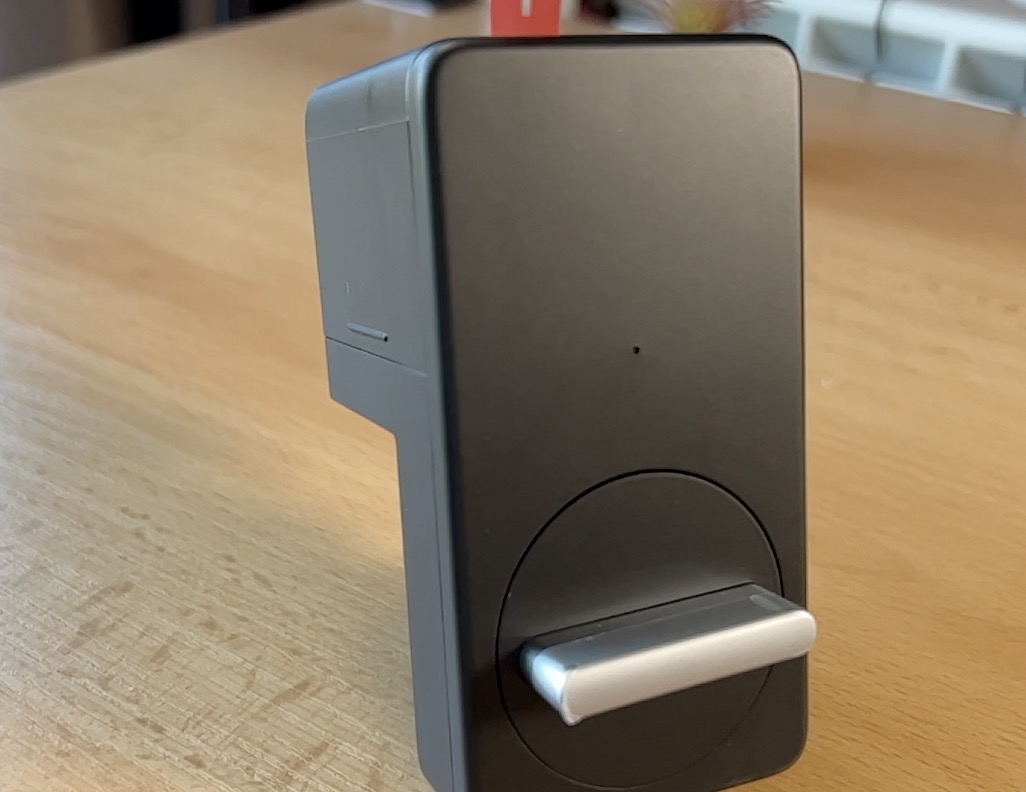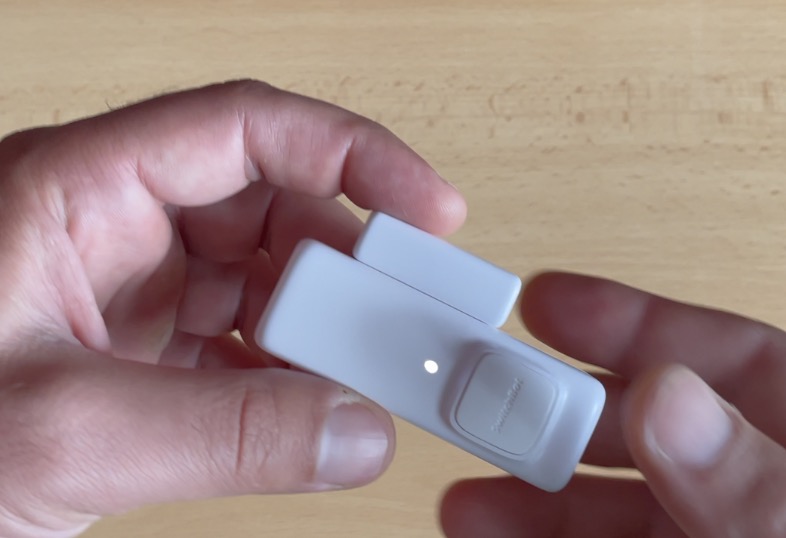Today, I’ll be delving into seven common Home Assistant mistakes that both novices and seasoned users often encounter. Additionally, I’ll provide detailed insights on how to steer clear of these pitfalls. So, grab your favorite drink, get comfortable, and let’s dive into this journey!
Table of Contents
#1 Prioritize Security
When it comes to home automation, security is super important. It’s easy to get swept up in the excitement of setting up your Smart Home and overlook even basic security measures. However, it’s crucial to remember that your Smart Home contains sensitive information. For instance, your Amazon, Google, and Apple credentials might be stored within your Home Assistant, especially if you have custom integrations.



Additionally, think about the physical security elements like smart locks, security sensors, and cameras. The last thing you want is for this information to fall into the wrong hands.
To enhance your Home Assistant’s security, I recommend enabling two-factor authentication (2FA) via your user profile.

Additionally, always utilize the secrets.yaml file to store all your YAML passwords and refrain from sharing this file with anyone.

For secure remote connections, consider implementing VPNs or TOR, as I’ll elaborate on in detail in this article – Secure and Easy Home Assistant Remote Access Using Tor
#2 Not Testing Your Automations is one of the common Home Assistant Mistakes
Even experienced users may occasionally overlook the crucial step of thoroughly testing their automations. Complex automations can sometimes misfire, which is why it’s imperative to simulate various scenarios and ensure they work precisely as intended before deploying them in your smart home environment. Within Home Assistant’s automation editor, you can utilize built-in tools to accomplish this.
Run the actions to see if the desired outcome is achieved:

Simulate the automation trigger, and verify if the automation is actually triggered.

Finally, use the traces option to delve into the finer details and debug your automation. This ensures that your automation will initiate as planned and perform exactly as intended.

#3 Leverage Device Tracking
A commonly missed opportunity in smart home setups is not fully utilizing device tracking. Home Assistant provides cool ways to detect who is at home and who isn’t. It’s not just a matter of convenience; it also significantly boost security.
Imagine leaving your home vulnerable simply because you neglected to set up device tracking properly. You may have all the necessary security sensors, cameras, and notification services in place, but none of it activates because you forgot to arm the alarm.

A straightforward automation that arms the alarm when nobody is home can easily prevent such a scenario.
One of the simplest ways to achieve this is by using your smartphone and installing the Home Assistant companion app. This allows Home Assistant to accurately track your location and enables a host of useful home automations.

#4 Customize Your Dashboard
The Dashboard, or Overview section, is the very heart and soul of Home Assistant’s user interface. Unfortunately, many beginners stick with the default setup, unwittingly missing out on the opportunity to create a personalized dashboard that caters to their specific needs.
I encourage you to dive in and edit that dashboard.

Explore all of the cards that Home Assistant has embedded, and don’t hesitate to check out this article of mine for additional tips and tricks (though, I recommend reading it after you’ve finished this one)

#5 Embrace Add-Ons
Add-ons are akin to superpowers for your Home Assistant setup. However, some newcomers may not grasp just how these handy extensions can supercharge their smart home ecosystem. From media servers to VPNs, terminals, MQTT brokers, Samba shares, and beyond, there’s a universe of add-ons awaiting to augment your setup.

It’s important to note that certain Home Assistant installation types may not have access to add-ons and the add-on store.
To delve deeper into this, I invite you to join my Webinar, where I’ll share all the essentials—and it’s completely free.
#6 Regular Backups are Essential
Backing up your Home Assistant configuration should be as routine as your morning coffee. It’s astonishing how many of us overlook or neglect this step, assuming that nothing will go wrong.
However, life loves surprises.

Backups and restores serve as your safety net, and the more frequently you perform them, the better. Storing backups on an external drive or in the Cloud is the gold standard.
The built-in Backup & Restore functions in Home Assistant allow you to turn back the clock to a time when everything was running seamlessly, just before things went “south”.

The best part? You can automate backups, ensuring you’re always covered. I’ve dedicated an entire article to automating backups locally or in the Cloud — a true game-changer – Home Assistant Backup on Google Drive & Local Samba Share
#7 Stay Informed with Release Notes
The magic of open-source projects like Home Assistant lies in their constant evolution. However, updates can bring changes that catch you off guard. This is where the release notes become invaluable. They serve as your crystal ball, offering insight into any upcoming tweaks or potential hiccups.

Invest a few minutes in perusing these notes before hitting that update button. Believe me, it’s a small investment that can save you a wealth of headaches in the future.
Smart Home Glossary?
I should say that in the beginning, but if some of the words that I’m using are not so clear for you, not because of my “perfect” English get my Smart Home Glossary it is all free and it is full of simple but useful Smart Home wisdom.
Outro
Remember, the road to a smarter home is paved with learning curves, and I’m here to help you navigate them. If you’ve got any questions or ideas for future videos, drop them in the comments below.
I’m Kiril, Thanks for tuning in and keep those automations flawless and your smart home shining! Bye.
